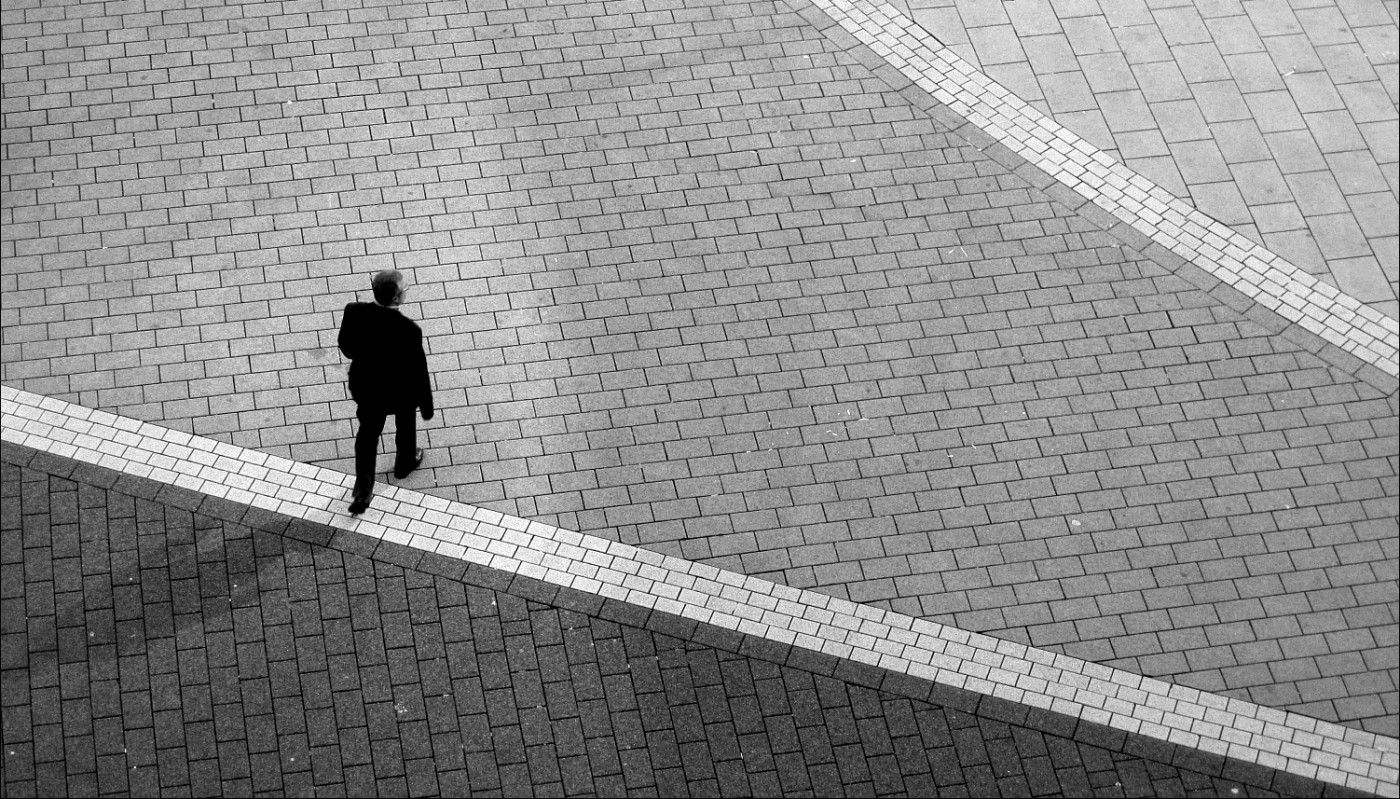
The Olympics, Usain Bolt, and Intellectual Property Law
With the Olympics in Rio, we all enjoy watching the competition, the fanfare and the joy when an Olympian wins gold. As I sit watching Usain Bolt cast his “Lightning Bolt” signature pose after winning yet another gold medal, the intellectual property attorney in me can’t help but think of the trademark ramifications. Can Usain Bolt stop other athletes from using his iconic pose?
The Olympics has copyrighted, branded and trademarked everything under the sun, it would seem. The International Olympic Committee (IOC) has a trademark for the Olympic rings, the flame and torches, the motto, the anthem and countless other Olympic marks. In the United States, some of these marks are even protected by statute (See 36 U.S.C. § 220506(c)). The telecast of the Olympics is protected by a copyright that is zealously defended and may not be rebroadcast without the express written consent of the copyright owner. Meanwhile, each element of the Olympics is protected by trademarked branding, from Samsung being the official “wireless communications equipment” of the 2016 Olympics to the protection afforded to the Polo Ralph Lauren logo seen on the official Team USA uniforms. Clearly, sports and intellectual property law are tied together.
With all of this intellectual property protection, it would seem that Bolt would be in good company. Much like Vinicius and Tom, the trademarked 2016 Olympics’ mascots, Bolt’s pose is a distinguishable symbol. In fact, I would argue that far more people would recognize Bolt’s pose than would recognize Vinicius and Tom – figures I needed to look up to remember. However, unlike a mascot which can no doubt be protected by a trademark, Bolt’s pose is unlikely to meet the requirements for trademark protection and therefore could be used by others in a competitive contest. While people may disagree on the likelihood of protection (See, e.g., Joshua A. Crawford, Trademark Rights for Signature Touchdown Dances), I cannot identify any similar pose or dance being made exclusive to one athlete. We are all free to point to centerfield like Babe Ruth when we come up to bat or attempt Kareem Abdul-Jabbar’s famous skyhook.
That is not to say that Bolt cannot protect any element of his pose. Bolt successfully obtained a US trademark that protects his image or a similar image of the “Lightning Bolt” when affixed to apparel, and he was granted a variety of other US trademarks that similarly protect his name. In the same manner, Nike was able to trademark and protect the iconic “Jump man” logo derived from a picture of Michael Jordan in Life Magazine, and Tim Tebow was able to trademark the name and use of “Tebowing” on apparel. So, while athletes like Bolt may protect their poses and dances when affixed to other items which bear their name or image from a photograph, they will likely fail if they institute legal action to stop copycat athletes from using their poses and dances on the field.
